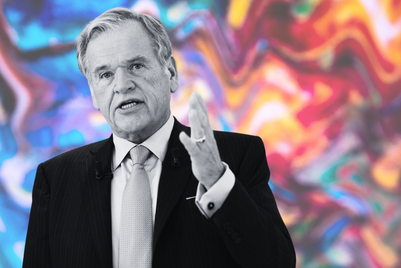
Self-driving cars, remote surgery, AR glasses—just a few examples of the promises of 5G that will have to be seen to be believed (or, at least, seen to have mass market appeal). A little closer to home, in the media industry, 5G will power more creative opportunities for advertisers in the foreseeable future.
5G will enable websites to become more multimedia and interactive, but advertisers and publishers must resist the temptation to serve more ads on each web page, just because they load quicker, or make ads heavier with tracking tags and interactive capabilities just because the capacity is larger. This will ultimately continue to slow down web pages and ads, and will become increasingly problematic as customers shift to 5G connections and fill up the network again.
Making good ads better
Along with the rise of smartphone usage, we have also seen the rise of ad formats that make use of the interactive nature of the device; touch, swipe, shake, gamification and shoppable media are now more present in ads than ever before. Video ad formats have also been a key driver of growth for digital advertising, in response to the rapid rise of video streaming.
However, the brilliant and inspired creative is often sabotaged at delivery stage, with mobile connections unable to support such weighty and complex ads. For consumers, this means long buffering and loading times. For advertisers, it causes low viewability, low engagement and inaccurate reporting.
This is all expected to change with the faster speeds and greater capacity afforded by 5G connectivity. The adoption of 5G will not initially trigger any groundbreaking new formats, but it will mean advertisers can reliably deliver existing interactive formats to a wider audience pool, and leverage contextually relevant mobile data to target users on-the-go without risking a poor user experience.
Watch your hygiene
While connectivity will be significantly better, tolerance for poor user experience will be significantly less. 5G will see more media consumption shift to mobile; mobile-first services that sprung up with 4G have already set the bar high (the likes of Uber and Airbnb being the pinnacle of quality mobile experience), but the immediacy of services with 5G means that consumers will have even less time and patience for anything that takes even a second to load, or is not optimally tailored to the device.
The mobile blunders that are unacceptable in a 4G world will be outright rejected once 5G is mainstream so brands should take care to address best practices now: mobile ads must be quick to engage with, designed for the platform and non-intrusive, while video should be skippable and capture attention in the first three seconds.
Only by cracking the very basics of good user experience now will brands be in a position to deliver experiences on 5G that at least meet expectations. The most successful brands will already be aiming for exceptional experiences, designing ads with customer needs front-of-mind, rather than being led by shiny formats.
Use tech to enhance, not create, creativity
5G will drive a huge uplift in mobile media consumption and streaming, which will offer new opportunities for advertisers for to reach their audiences with more engaging ads.
However, the entire industry must approach these opportunities strategically and use them to improve the online experience, with ads that complement content, rather than intrude on it, ads that entertain and delight users, but with clear opportunities to opt-out, and ads that deliver prime experiences—both now and with a sustainable future for the industry in mind. This doesn’t just apply to a 5G internet, but should be part of creative considerations right now.
Creativity cannot be dictated by new technology—whether it’s 5G, machine learning or augmented reality—but must still be centred on human minds and common sense.
If advertising is to flourish in a world of upgraded connectivity and all the benefits that brings, we must scrutinise the work that is being done today and ensure it is the best it can be with the tools at hand; for both brands and their customers.
The unavoidable impact
Whether you are a sensationalist or skeptic, it is undeniable that 5G will transform connectivity; it won’t happen overnight but it will only gain momentum.
Brands that are already excelling in a 4G world are poised to deliver prime customer experiences with the ubiquitous connectivity of 5G. Those that aren’t risk falling behind—and moving at the speed of 5G, it’s only going to get harder to keep pace.
Katharine Hansford is a mobile specialist in the digital transformation team at Zenith.


.jpg&h=268&w=401&q=100&v=20250320&c=1)






